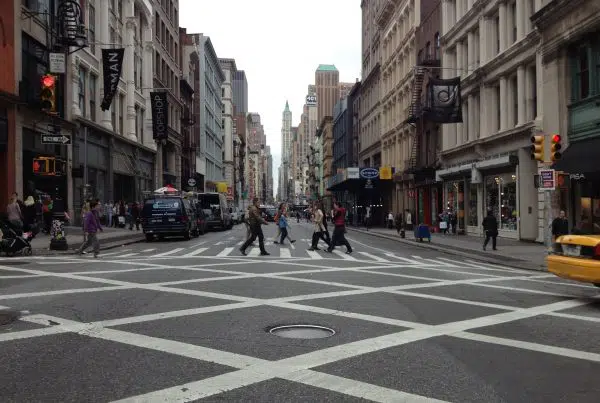
Crossing the line: work safety and line marking
We’ve all seen the red line or the yellow diagonal stripes, marking caution in the workplace. Whether it be to mark a raised step, to alert people to areas where hands can be crushed, or to remind employees about the necessity for safety equipment. Sometimes these line markings indicate an unseen risk; whereas other times the line marking itself seems unnecessary, as the hazard is obvious. Ask yourself a question: If the line marking hadn’t made it so apparent, would you immediately know the risk there?
Between 2015 and 2016 WorkSafe reported 26,286 injury claims. Within that same period, Safe Work Australia claimed that over 20 percent of workplace fatalities happen in the transport, postal, and warehousing industries. And while those seem like staggering numbers, let’s consider the ramifications of these figures.
Set aside fatalities for the moment, the ripple effect of an injured worker unable to work represents the smallest impact on the employer, with worker’s compensation potentially leading to far greater expenses. Being down a worker and having to help pay for their recovery is still much better than the emotional cost of a fatality occurring on your worksite.
What about the consequent investigation that finds you at fault for a risk that could have easily been prevented? A prime example occurred at the end of 2016. Toll Transport was convicted and fined over $1 million after an employee was crushed to death and the safety procedures put in place were found to be “inadequate”. While the inadequacy, in this case, reflected “having a second pair of eyes on deck” as an example of worker safety, it should serve as a warning to how easily these risks can be reduced or even eliminated.
According to Mainliner, “Line marking not only makes for a safer workplace but can be used to create a more productive work site”. Whether it be segmenting foot traffic and heavy machinery, or marking down reminders of potential hazards, Mainliner contends that safety and productivity go hand in hand, and offer free quotes at competitive prices.
If you know of risks in your workplace that can be marked, sectioned or zoned, there is no reasonable excuse as the potential consequences of leaving it are not worth it. Even if the risk seems obvious, there is no mistake in erring on the side of caution. Because crossing that line and letting that risk go unmarked can be far more catastrophic.

